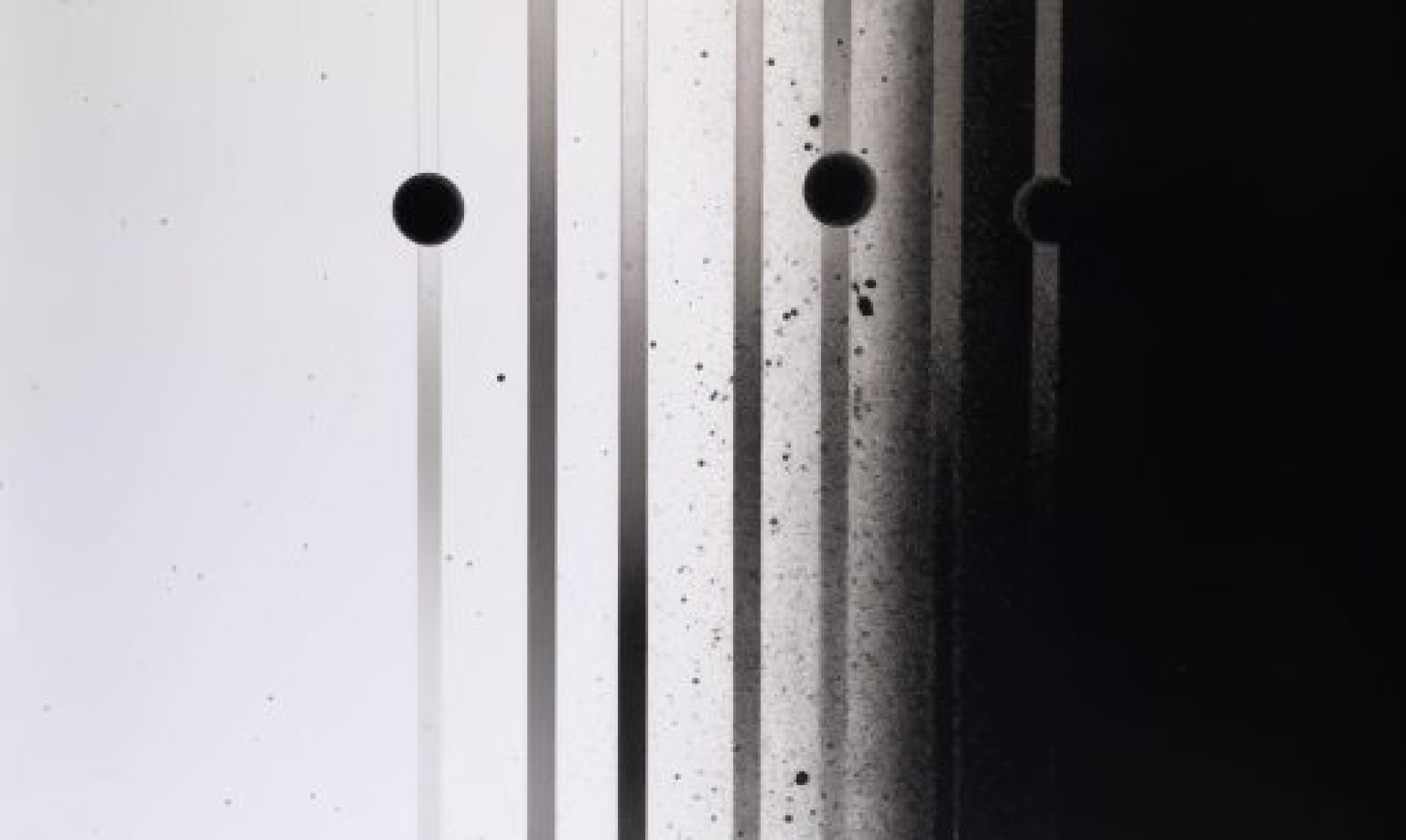AKOUSMA_8
Du 12 au 15 octobre 2011
1345, avenue Lalonde
Montréal (QC) H2L 5A9
Billetterie 514. 521.4493
www.usine-c.com
Le 13 octobre : Hélène Prévost (QC), Stephan Mathieu (DE)
Le 14 octobre : France Jobin (QC), Robert Hampson (GB)
Le 15 octobre : Marc Behrens (DE), Horacio Vaggione (FR)
Roger Tellier-Craig est un musicien de Montréal. Ces dix dernières années, il s’est investi dans de nombreux projets, s’inspirant d’un spectre de références contradictoires pour explorer de nouveaux contextes musicaux. Il a été parmi les cofondateurs de Fly Pan Am, de Et Sans (aux côtés d’Alexandre St-Onge), de Set Fire to Flames et de Pas Chic Chic, ainsi que guitariste au sein de la formation Godspeed You! Black Emperor. Sous la signature Le Révélateur, il développe actuellement une esthétique élaborée in extenso à partir de synthétiseurs analogiques, une manière qui n’est pas sans rappeler les beaux jours de la « computer music ».
(titre à venir) création mondialePierre-Yves Macé est un compositeur dont le travail se situe au croisement de la musique électroacoustique, de la musique contemporaine et de l’art sonore. Il est l’auteur de quatre disques solo : Faux-jumeaux (Tzadik, 2002), Circulations (Sub rosa, 2005), crash_test ii (tensional integrity) (Orkhêstra, 2006) et passagenweg (Brocoli, 2009) et il collabore avec de nombreux artistes, dont l’écrivain Mathieu Larnaudie, avec qui il mène depuis 2003 un travail de coécriture qui se décline en plusieurs projets parallèles : chanson pop, lecture/performance et composition électroacoustique ou radiophonique.
MINIATURES/Song Recycle (2010) – 40 minutes
***** Soirée en co-diffusion avec Le Vivier (www.levivier.ca) • Pierre-Yves Macé est l’invité d’Ekumen
Jeudi 13 octobre • 20 h • Usine C
U/ONZE – 35 minutes création mondialeDesigner acoustique de premier ordre, Stephan Mathieu est considéré comme l’un des plus importants « musiciens de laptop » du moment. Il fait partie de ces artistes du son qui ont également une formation en arts visuels et dont l’inspiration peut aussi s’incarner sous forme d’installations sonores. Cela dit, au-delà des a priori conceptuels, la musique de Stephan Mathieu comporte indubitablement une grande sensualité.
Music for Columbia Phonoharp (2011) – 50 minutes création nord-américaine
Vendredi 14 octobre • 20 h • Usine C
Event Horizon (2009) – 35 minutes création mondiale
Robert Hampson provient du monde de la pop psychédélique et du shoegazing. Toujours actif avec son projet collaboratif Main, il se consacre également depuis les années 2000 à un travail davantage axé vers l’exploration sonore et la diffusion acousmatique. Sa musique démontre une qualité d’écoute qui se traduit par une grande finesse d’écriture dans laquelle prend forme une trame narrative mystérieuse et inouïe.
Ahead – Only The Stars (2007)
Commande du VIBRO (13 mins) – Published by Touch Music création nord-américaine
Dans Le Lointain (2008)
Commande du GRM (20 mins) – Published By Touch Music création nord-américaine
Repercussions (2011)
Commande du GRM (20 mins) – Published by At The Surface création nord-américaine
Samedi 15 octobre • 20 h • Usine C
Queendom (2009) : 8:07
voice: Yôko Higashi création nord-américaine
Sleppet (2–3): Avalanches, Water and Stones (2008) : 9:35 création nord-américaine Sleppet (4) Glacier (2008) : 10:00
Irregular Characters (2010) : 19:41
using material by: Yasunao Tone création nord-américaineHoracio Vaggione fait partie des pionniers de l’électroacoustique, mais son œuvre ne porte pas le poids du passé, bien au contraire ; nous sommes ici devant une musique d’une grande vivacité. Son intérêt envers le caractère énergétique du son est au premier plan de son travail. La virtuosité du compositeur nous permet d’entrer dans ce monde invisible où matière, durée et énergie sont en pleine convolution. Ses œuvres se présentent sous forme de grandes fresques abstraites qui diffusent leur beauté au travers de la cohérence du discours et de la forme musicale.
Arenas (2007) : 15’ création nord-américaine
Ash (1990) : 15’
Points critiques (2011) : 16’ création canadienne


